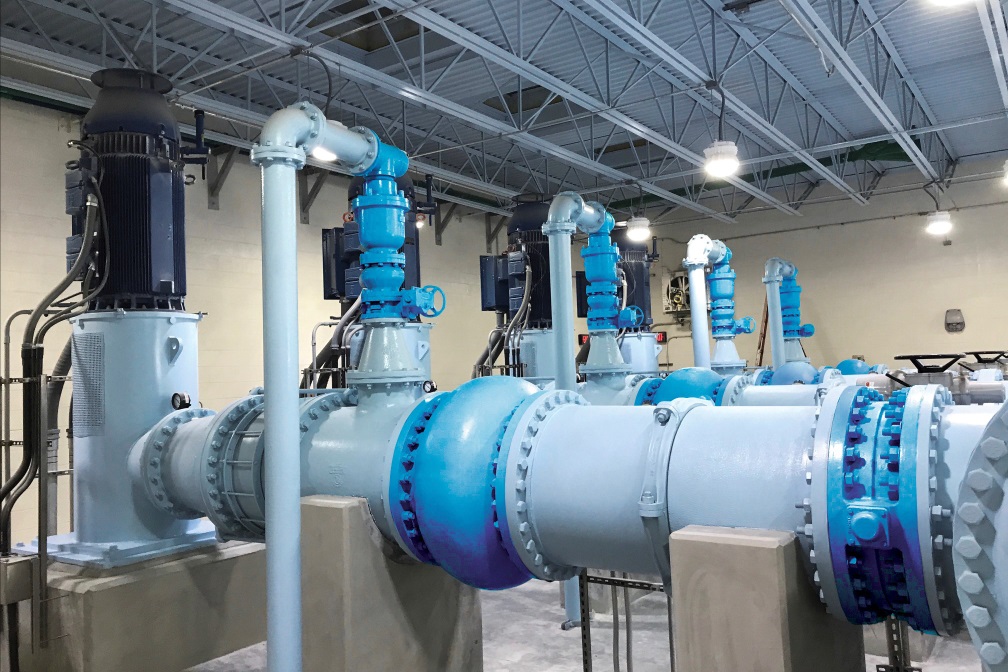Australia’s industrial sector, celebrated for its efficiency and reliability, depends heavily on essential but often overlooked components. Among these, check valves in Australia play a crucial role. Utilised across the 19 broad industries identified by the Australian Bureau of Statistics (ABS), these specific check valves are key in regulating fluid flow in various industrial applications.
Their strategic presence is vital for ensuring operational smoothness and crucial in preventing potential hazards. The seamless integration of check valves in various systems underlines their significance in enhancing the performance of Australia’s diverse industrial landscape.
Essential Functionality of Check Valves
These valves serve a simple yet vital function at their core: they allow fluid flow in one direction while preventing backflow. This mechanism is crucial in systems where backflow could cause damage or inefficiency. In industries like water treatment, mining, and manufacturing, the directional control of fluids is not just a matter of efficiency but also of safety and reliability. These regulators protect critical infrastructure from potential harm by ensuring fluids flow correctly.
Varieties and Adaptations for Industrial Use
Different industrial applications require specific types of valves. Each variety is designed for specific pressure and flow conditions, from swing to ball check. This adaptability ensures that whether it’s controlling water, oil, or any other medium, the right regulator is available to meet the unique needs of each application in Australia’s diverse industrial landscape. The versatility of these regulators allows for customised solutions catering to the specific demands of each industry.
Impact on System Efficiency and Safety
The importance of these regulators in preventing system failures cannot be overstated. By ensuring that fluids flow only in the intended direction, they protect equipment from damage caused by reverse flow. This protection not only prolongs the life of the equipment but also prevents potential safety hazards.
Their role in maintaining system integrity and efficiency is a cornerstone in the smooth operation of many industrial processes. Efficient flow management directly translates to cost savings, reducing equipment wear and tear. Additionally, preventing accidents and system malfunctions contributes significantly to workplace safety.
Technological Advancements and Future Trends
The field of industrial valves is not static; it evolves with technological advancements. Innovations in materials and design are making these regulators more efficient, durable, and suited to a wider range of applications. As industries in Australia continue to grow and diversify, the evolution of these components will play a pivotal role in meeting new challenges and demands.
Emerging automation and intelligent systems technologies are also being integrated into regulator designs, offering unprecedented levels of control and efficiency. These advancements are set to redefine the capabilities of industrial systems, making them smarter and more responsive.
Maintenance and Longevity
Regular maintenance is crucial for ensuring that valves function effectively and have a long service life. Proper installation, regular checks, and timely repairs are all part of a maintenance regime that can significantly impact the efficiency and safety of an industrial system. Attention to these details ensures that these regulators remain a reliable part of industrial applications.
Neglecting maintenance can lead to system failures, causing costly downtime and potential hazards. On the other hand, well-maintained regulators can significantly extend the life of an industrial system, ensuring uninterrupted operations and sustained productivity.
Conclusion
Check valves in Australia are more than just components; they are guardians of efficiency and safety in the industrial sector. As industries evolve, these regulators will remain integral in maintaining the high standards of operation and safety expected in the market. This unassuming yet crucial component is a testament to the importance of attention to detail in industrial processes. Their continued adaptation and integration into various industrial systems underscore their indispensability in a world where efficiency and safety go hand in hand.






